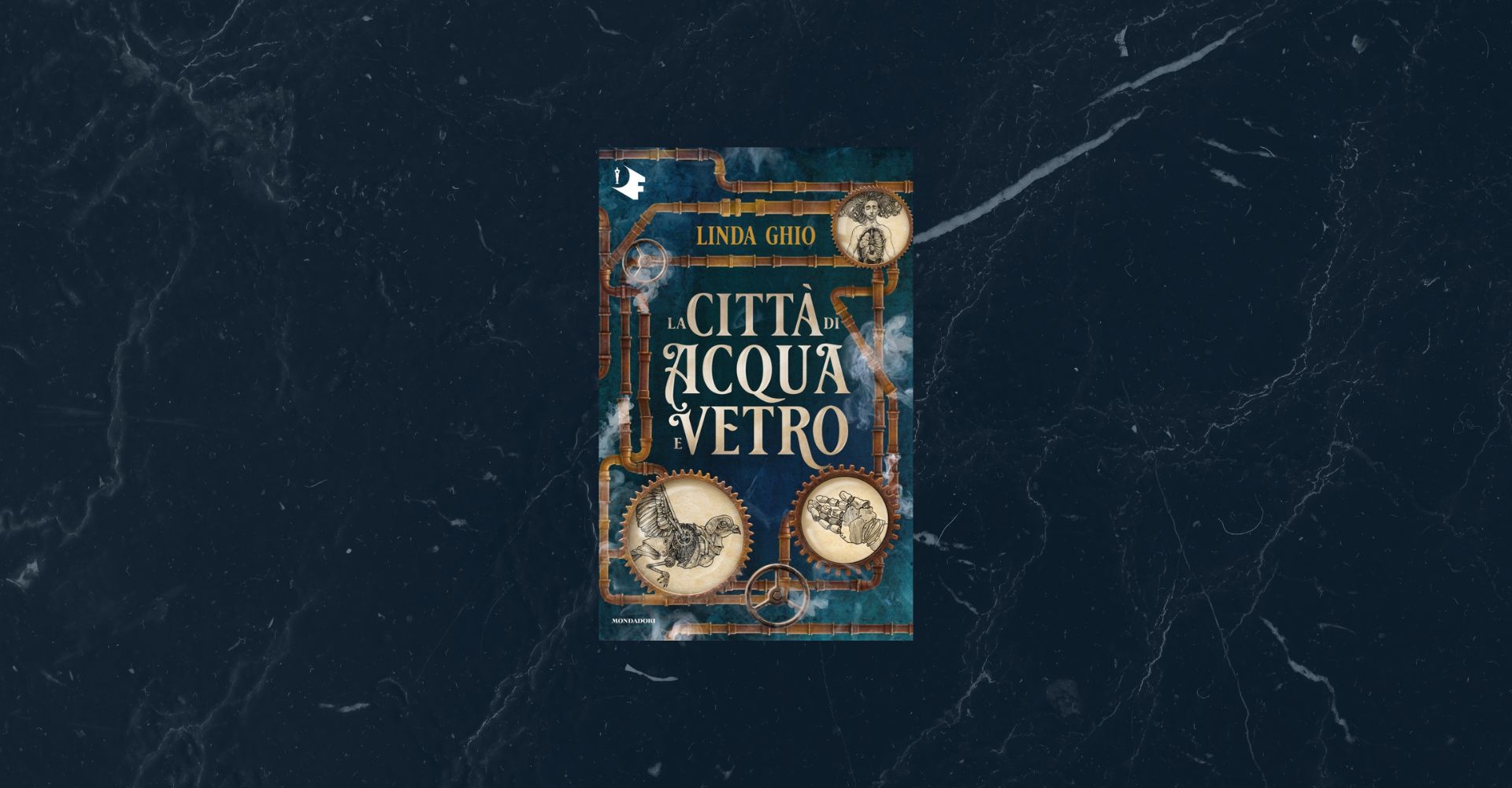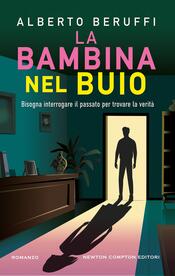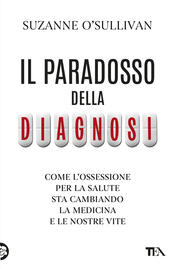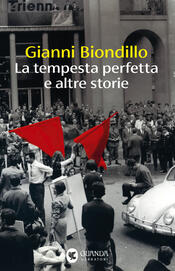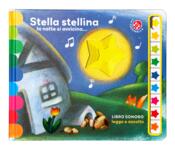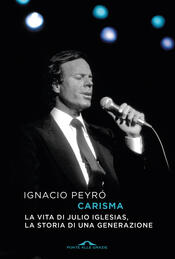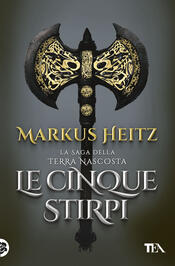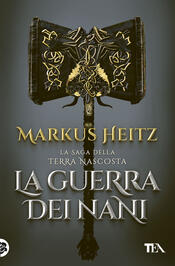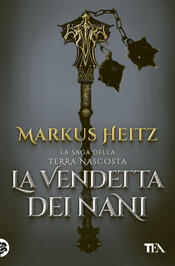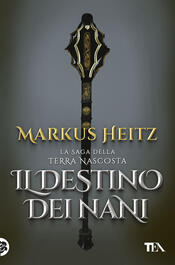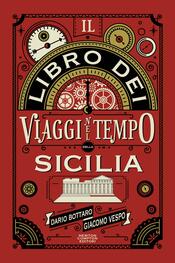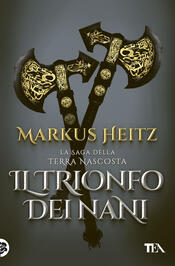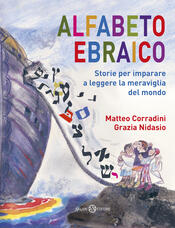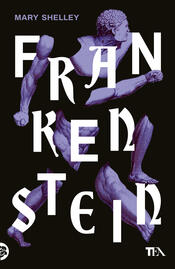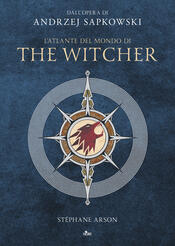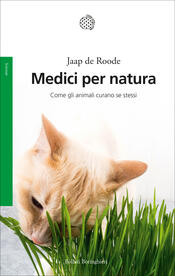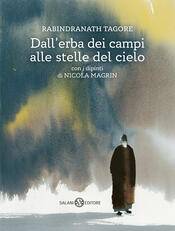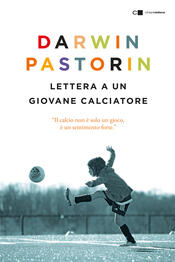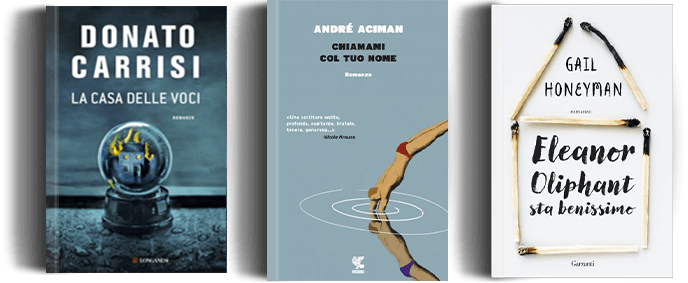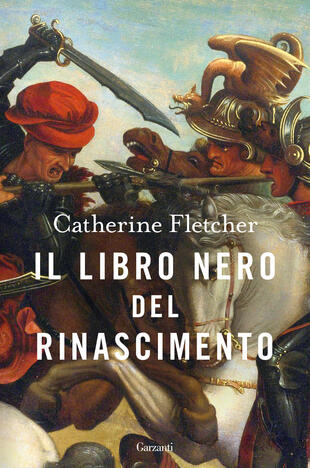

Il libro nero del Rinascimento
-
Tradotto da: Albertine Cerutti
Tutti i formati dell'opera
Acquistalo
Sinossi
Il Rinascimento costituisce il capitolo forse più glorioso della storia d’Italia. Animate da una vivacità culturale ineguagliata anche nei secoli a venire, città come Roma, Firenze, Mantova e Urbino hanno visto all’opera alcuni degli artisti più straordinari di tutti i tempi: da Leonardo a Michelangelo, da Raffaello a Tiziano, da Botticelli a Veronese. Ma abbagliati dalla bellezza che quest’epoca d’oro ha prodotto si finisce per dimenticarne il volto più cupo, che pure ha contribuito a fare dell’Occidente il mondo che conosciamo oggi. Perché la Gioconda, celebre per il suo sorriso, fu anche la moglie di un trafficante di schiavi, mentre il genio che la dipinse un grande inventore di armi e macchine da guerra; e se alcuni dei più grandi capolavori di sempre vennero commissionati da pontefici e cardinali, fu proprio la Chiesa a stilare, nello stesso periodo, l’Indice dei libri proibiti, e a potenziare il tribunale dell’Inquisizione. Lo splendore che tuttora contempliamo non può dunque essere scisso dalla propaganda, dai conflitti e dai fatti di sangue che macchiarono quegli anni. Rifacendosi a un ricco apparato di fonti e riportando alla luce anche le vicende di quanti – donne, ebrei, contadini, mercenari – vengono regolarmente esclusi dai libri di storia, Catherine Fletcher ci avvicina alla realtà autentica di un’epoca sorprendente in cui è impossibile separare la bellezza dal terrore.
- ISBN: 8811007380
- Casa Editrice: Garzanti
- Pagine: 480
- Data di uscita: 10-06-2022
Recensioni
Alternative, I suppose, in that it's able to acknowledge both the beauty and achievement of Renaissance art alongside the cost of the political and martial violence of the culture that produced it. Also takes a few detours to look at Italian connections to the New World, Africa, and India. A valuabl Leggi tutto
This is a big sprawling history of the Renaissance in Italy, but from a refreshing perspective. Histories like this, at a risk of simplifying, are told from one or a few perspectives/levels of analysis. You can get histories of Renaissance art, military histories, political histories, religious hist Leggi tutto
From the blurb, I went into this thinking I was going to get an alternate history that was comprehensive about women writers, Jews, slaves and sex workers in the Renaissance. However, what I got was a long, frankly not very engaging, history of the papacy and wars in the Italian peninsula at that ti Leggi tutto
This book has no atmosphere, no interesting vingnettes. It is a list of European, Middle Eastern wars without any interesting details. Some information is incorrect - van Eycks Adolfini painting does not have the artist in the mirror but is the Adolfinis from behind, they are not greeting guests it
I learned a great deal from this book about the violent and unstable political and military contexts within which the Italian Renaissance occurred, and about the extent to which those contexts were tangled up with European power politics. I think I was expecting more about the actual art and culture Leggi tutto
That I gave this book a chance was mostly on the strength of Fletcher's performance with her life and times of Alessandro de Medici. However, while this book is not lacking in virtue, I do have some issues with it, starting with the title. If truth in advertising was in effect, it would be called "E Leggi tutto
It’s a slog. Sadly. Catherine Fletcher’s The Beauty and the Terror: An Alternative History of the Italian Renaissance is a facts dump, hundreds and thousands, maybe millions of facts. I’m greatly disappointed largely because I had such high expectations from Fletcher. The theme, of course, is that t Leggi tutto
Citazioni
Al momento non ci sono citazioni, inserisci tu la prima!

